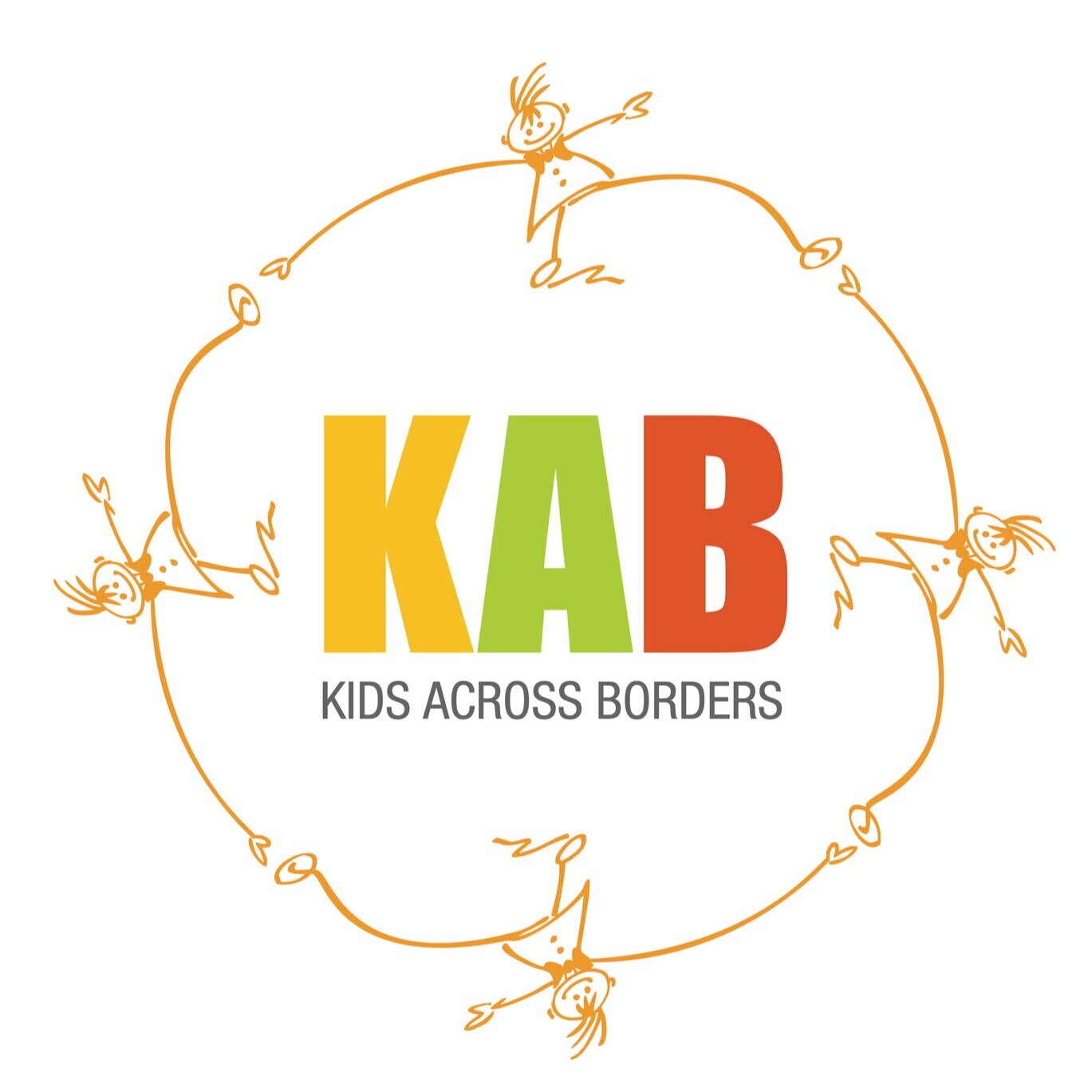Understanding Interdependence
“Perhaps the most significant lesson brought by these last 12 months has been that we are no longer separate nations, each best served by looking after its own needs and security. We are a single, truly global species, whose greatest threats are shared and whose security must ultimately come from acting together, in the interests of us all.”
David Attenborough, 2021
"We live in one world. What we do affects others, and what others do affects us, as never before. To recognise that we are all members of a world community and that we all have responsibilities to each other is not romantic rhetoric, but modern economic, environmental and social reality."
Putting the world into world-class education, Department for Education and Skills, UK
Understanding interdependence means understanding that the world is a system in which all parts are interconnected. Within the larger global system are smaller systems such as an ecosystem or a social system such as a school or family.
Actions do not happen in isolation. There are connections between all living things and between issues. Relationships and intricate links, both subtle and obvious, join the elements within a system.
While global interdependence is not a new phenomenon, it has increased markedly in its degree of frequency, its depth and its scope. Important dimensions of global interdependence are:
· Economic: expanding international trade and investment; globalising finance; debts in low income nations.
· Social: growing international contacts, such as migration, tourism and education, as well as dealing cooperatively with public health issues, such as the Coronavirus pandemic we are currently living through.
· Cultural: the expansion of global media and the impact of new communications technologies.
· Political: peace building and issues of national, regional and global governance.
· Environmental: global climate change, pollution of the oceans and atmosphere, loss of ecological diversity and the extinction of species - challenges which cannot be met purely within national boundaries.
Many of these issues are themselves interrelated. For example, unfair trade is a major contributor to poverty which in turn can lead to environmental degradation, as poverty can lead people to exhaust the natural resources available to them. The impact of these actions such as deforestation aren’t only felt by the people and wildlife who live in and around these forests – it contributes to global climate change by releasing more carbon into the atmosphere as well as making future pandemics more likely by increasing the risk of disease jumping from wildlife to people and their livestock.
An understanding of the connections between communities and places stems initially from an understanding of one’s own home. The activities in this unit initially focus on the students own family and community which they share with their partner class -leading to an appreciation of each others’ environment. Through this process students may discover existing connections. Through gradually taking a wider perspective students gain a sense of the links between communities and places and global interdependence.
In educational settings it is important to create environments that facilitate interdependence and reflect the knowledge, skills and values important for living in a global community. Students need to learn to support each other, learn from each other and value the contributions that each person brings to the group.
Learning Aims
· Identify and explore the many ways in which individuals and communities increasingly depend on each other.
· Understand their actions affect themselves and others at a variety of levels, from a family/classroom level through to a global level
· Respect the needs and contributions of all members of a system, whether it is in the classroom or the local or global community
Lesson Plans
A World Web
Students identify and explore their cultural, social, economic and environmental links with the rest of the world.
Mapping My Place
Students use geography skills to create neighbourhood maps, and identify connections between geography, culture, and the economy in their local area


